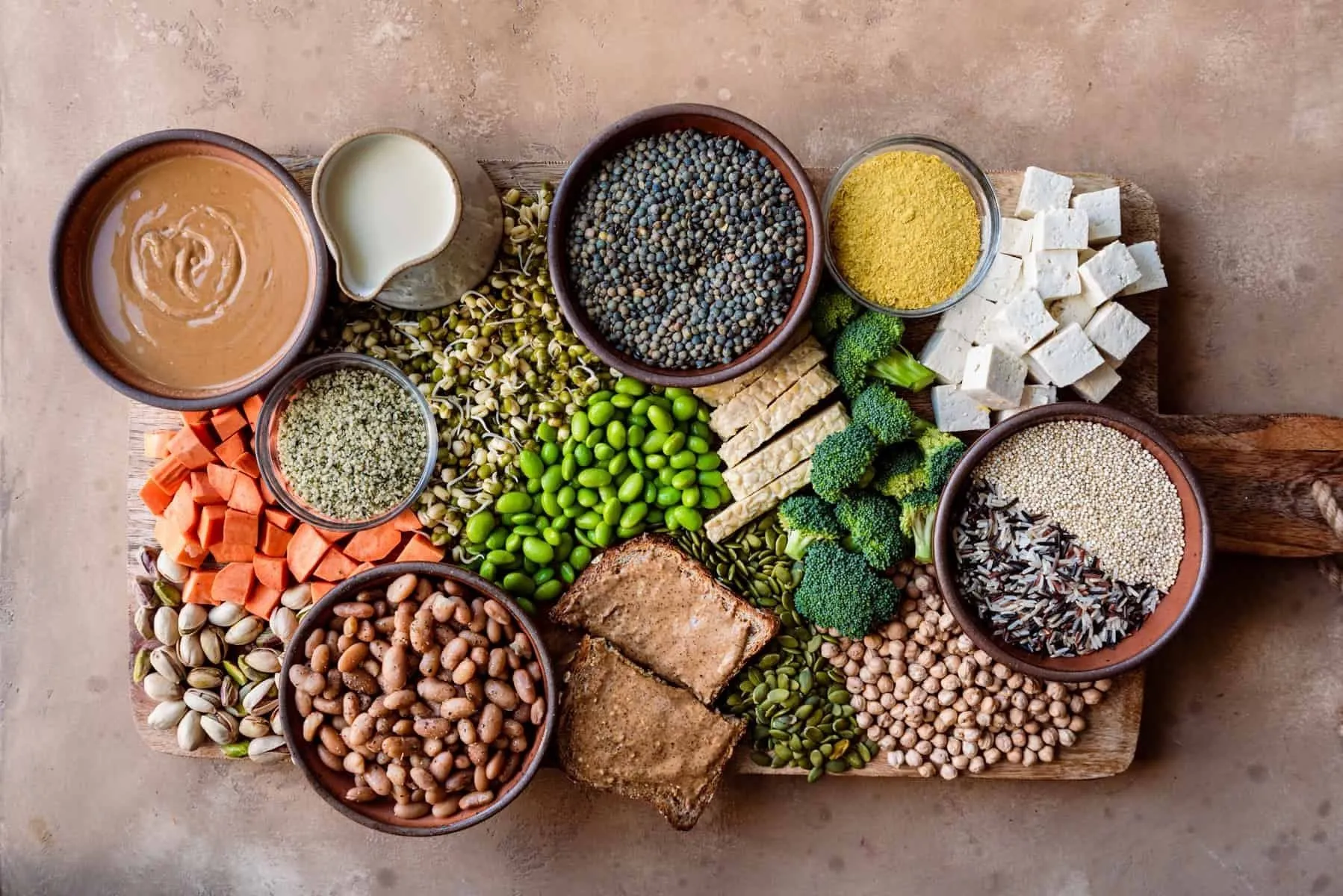
Proteins are one of the key elements of our nutrition. They are essential for life, forming muscles, hormones, and regulating numerous functions within the body. Let's examine these functions, the role of proteins in sports, why they are necessary, and in what amounts they should be consumed.
When we talk about proteins as an important macronutrient in food, we refer to amino acids – the building blocks of proteins. Proteins, or proteins (from the Greek "proton" – "first"), are high-molecular organic compounds made up of amino acid chains. There are 21 types of amino acids, and most of them can be produced by the body itself, meaning dietary sources are not required.
However, 9 of them – valine, isoleucine, leucine, lysine, methionine, threonine, histidine, tryptophan, and phenylalanine (plus arginine for children) – cannot be synthesized by the body, so they must be obtained from dietary sources. These 9 amino acids are essential for humans and are therefore called "essential amino acids".

Types of Proteins in Nutrition
Proteins are involved in almost all biochemical reactions within the body. The terms "proteins," "amino acids," "BCAAs," "isolates" may vary, but the essence remains the same – a set of amino acids. Proteins are generally classified based on their origin – whether they come from animal or plant-based sources.
Animal proteins are considered complete, meaning they have a balanced composition and contain all 9 essential amino acids in amounts sufficient for growth, recovery, and maintenance. The best sources include:
- Red meat (lamb, beef, rabbit),
- Poultry (chicken, turkey),
- Fish (hake, salmon),
- Egg whites.
Incomplete proteins are those that lack some of the essential amino acids. These include:
- Dairy products (cheese, kefir, yogurt, cottage cheese),
- Lentils and other legumes,
- Nuts,
- Whole grains,
- Soy-based tofu.
Some of these foods may contain all the essential amino acids, but not always in sufficient amounts to support normal bodily functions. Such a diet requires more attention and careful planning. However, this does not mean that a well-balanced plant-based diet is impossible. Plant-based proteins tend to be easier and faster to digest and are not associated with saturated fats, unlike red meat and cheese. The key is variety and strategic food combinations. For example: millet + soy, corn + eggs, oats + almonds.
Functions of Proteins
Besides being a building material for muscles, proteins serve multiple functions in the body:
- Immune function. A protective mechanism that mobilizes defenses when the body fights disease. Immunoglobulins are proteins that act as antibodies, protecting us from infections and viruses.
- Transport function. Adequate protein intake regulates metabolic processes, such as water balance. However, in the context of sports, proteins are particularly valued for their role in the circulatory system. Hemoglobin is a transport protein that carries oxygen and carbon dioxide.
- Regulatory function. Various proteins regulate the body's normal functioning. These range from hemoglobin to digestive enzymes and stomach acids.
- Structural function. The "building blocks" of the body. Myosin, a fibrous protein, is one of the main components of myofibrils – the contractile fibers of muscles. When combined with another protein, actin, it forms the essential structure of the muscle contraction system. Additionally, collagen is a protein responsible for hair, nails, and skin.

Proteins and Sports
Having covered the key concepts of protein metabolism, let's look at their role in sports.
When proteins are used as an energy source, they must be broken down into amino acids. Their primary role occurs after training, aiding muscle adaptation to stress and recovery.
In sports nutrition, proteins are not primarily considered an energy source during workouts.
However, if carbohydrate stores are depleted, the body may turn to proteins for fuel. In such cases, proteins can provide about 5-15% of the energy needed for physical activity.
A nitrogen balance assessment helps determine whether protein intake is adequate:
- A positive nitrogen balance occurs when protein synthesis exceeds protein breakdown. This is seen in muscle growth (such as in bodybuilders or children).
- A negative nitrogen balance occurs when protein breakdown exceeds intake. This happens during strict diets, fasting, protein deficiencies, or aging.
Muscle protein synthesis decreases during exercise but increases during recovery and rest. As a result, most protein metabolism occurs post-workout.

How Much Protein Should You Consume Daily?
The recommended daily intake for healthy adults is 0.8 grams of protein per kilogram of body weight.
However, for active individuals and athletes, protein needs increase:
- Strength training, endurance training – 1-1.5 g of protein per kg of body weight.
- Muscle building – up to 1.7 g of protein per kg of body weight.
- Fat loss while training – up to 2 g of protein per kg of body weight.
However, excessive protein intake can place strain on the kidneys and liver. Since proteins cannot be stored in the body, excess amounts are simply excreted. Thus, proteins are a key nutritional component, and it is essential to consume them in the right amounts based on activity levels.

Science of Exercise Course by University of Colorado Boulder, Protein Metabolism During Exercise
https://www.nrv.gov.au/nutrients/protein
https://www.nal.usda.gov/sites/default/files/fnic_uploads//589-768.pdf
http://www.who.int/nutrition/publications/nutrientrequirements/WHO_TRS_935/en/
“Evaluation of protein requirements for trained strength athletes”. Journal of Applied Physiology
“Dietary protein for athletes: from requirements to metabolic advantage”



